Now, I want to take you back in time into a way of living. Just imagine a rather calm morning at the Nile. The water looks like it breathes, flowing slowly but surely.
This is the Egyptian civilization, the woman of the house kneads dough from wheat as her son gets onions. The man gets the fire going for some beer.
This is not a meal by any means. It’s something bigger than all of that, a connection between men, the gods, the land beneath them, and the world beyond death.
In ancient Egypt, meals were certainly deeper than just food. The meals never stopped at hunger, they walked into religion, deep rooted community, laws and belief systems. If you’re still here with me, I am going to tell you exactly how meal rituals, or food rituals as some call it, held an entire civilization together.
Key Takeaways
- Food was essential for Egyptians, they used it to stay alive, but also connect with the gods.
- Inside the temples, bread and beer could be both meals served and sacred offerings.
- Food placed inside tombs with the deceased ensured that the souls would be nourished and indeed fed in the afterlife.
- Prepare yourself, as you are about to meet some vital roles of priests, cooks and farmers: all of them dedicated their lives to food rituals.
- The rhythm of life, death and seasonal changes was balanced and synchronized through the captivating power of food rituals.
When Food Was The Law Of Order
Ancient Egypt didn’t have a food court or supermarkets. Each grain harvested and each date picked was accompanied with a rhythmic flow. The food system was an ongoing cycle coming in and out like a tide. Even the power of Pharaoh stood on a feeble pedestal too. If crops failed, everything would come crashing down untethered to the archaic leash of power.
Food wasn’t about social dinners: a fancy power lunch perched on a sparkling plate nor a family dinner. Rather, it was a well-calibrated scale to measure control, justice, and harmony in society. Food, or rather the act of lighting the fire to cook it along with gathering around the table, provided a truly mesmerizing sense of calm intertwined with ritualistic rebirth.
When families came forth together, they became enveloped in the food served red lentils and soft flatbreads to partake in a miracle with. They transcended their mundane life living in equilibrium, the concept the Egyptians had termed ma’at, which signified balance guiding regulating both the visible world alongside cosmos – stars and soil for your reference.
Bread, Beer, And The Sacred Table
The most basic meal found in any household would comprise bread and beer. This may sound straightforward, but there was nothing simple about it. Both food items were regarded as divine gifts, particularly by Osiris, the god associated with crops and resurrection.
Every morning, temple kitchens buzzed with activity. Bakers set fires. Brewers stirred pots. And during the time for daily rituals, these staples were not consumed–they were offered. Priests placed loaves and cups of beer on altars, not for themselves, but for the gods. They thought the deities could absorb the life energy of the offering, even if the bread remained physically untouched.
This was not mere spectacle; it was a means of interaction. Egyptians did not erect walls that separated daily living from the spiritual realm. In fact, they perceived no distinction whatsoever. A meal could serve as an expression of devotion, while eating could serve to honor ancestors. Sharing food was tantamount to sharing divine blessings. This is exactly why no rituals were performed without placing food at the center.
Feeding The Afterlife
Now picture walking into a tomb. The atmosphere is calm and the scent is of stone and history. You note the baskets of grain, jars of wine, dried meat, and cakes, all meticulously positioned around the resting figure. These were not decorations. They were provisions.
Egyptians thought that the soul, or ka, required sustenance in the afterlife similarly to how it was needed in this world. You could not enter eternity while hungry. That is why, families made an enormous effort to fill the tomb with everything the deceased might desire, Sometimes, even including miniature clay figurines of kitchens, farmers, or even servants instead of actual help.
What strikes me the most about this practice is how personal it was. A father buried with his ideal meal. A queen buried with sweet rolls baked from her household’s recipe. Even in death, the association between food and love did not cease. And it did not stop at burial. Relatives would return to the gravesite days, months, or years later with new offerings. They would utter the names of the deceased, pour milk or wine, and break bread. In that instant, they were able to do something beyond remembering. They were nurturing the voyage of a soul.
Priests, Cooks, And Everyday Hands
Every food ritual was associated with people, not only those who ate, but those who prepared the food as well. Temple food was managed by priests who were responsible for offering and preparing the food. They did not place the offerings haphazardly. Cooks and other workers performed their duties, following particular steps to the gods and purifying themselves. Routines had to be followed in such a careful way that every aspect honored the gods. From slaughtering animals to grinding flour, each of these vital roles was part of a sacred chain.
Not everyone could partake in the ritual meal. Usually, the priests would consume the food after offering or share it with other temple staff. There were restrictions too. Certain hands were only allowed to handle sacred dishes. There were strict guidelines for who was allowed to taste which parts of food, especially if it was from divine tables.
Even without touching the holy bread, they felt as if they were part of something greater, and it became evident that their efforts resonated across temples, tombs, and the ever-flowing Nile.
The River That Ruled The Kitchen
It will not be an exaggeration to state that nothing in ancient Egypt took place without the Nile. It decided when farmers planted and when temples were to be opened. When it flooded, people gave thanks, and when it receded, people harvested. And every major food festival circled back to this cycle.
You might wonder what a festival looked like. It wasn’t quiet. It was loud with singing. These events weren’t just feasts—they were seasonal rituals. They marked the rebirth of land, the start of planting, and the jubilation of gods triumphant over chaos.
During such festivals, sacred boats carried statues of gods across the waters/scenes/. Priests led songs, and families picnicked along the banks. And in all of it, food was central. Beer flowed freely and for that one day, the divine touched earth, invigorated in an unparalleled form tailor made through sustenance.
Food With A Message
An even deeper meaning could be interpreted based on the ingredients used. For example, the tall and long lettuce represented fertility while onions represented eternal life. The act of breaking and sharing bread signified trust and unity. They were not speculating in these instances when choosing what to offer. Rather, they were conversing symbolically through these foods. Pastries soaked in honey were sometimes offered to demonstrate sweetness of heart, other times garlic was offered to ward off bad spirits or ill will.
Food could also be medicine. Healing and caring for a child’s health may food like porridge and protective drinks, which were documented in recipes found in papyrus scrolls, served as healing drinks. You would seldom see a mother go far and prep her child before a journey just to fill their stomachs and make it seem like a journey to guard the soul.
This isn’t history simply telling facts. Egyptians didn’t just eat Whatever suits the taste and crave of the food for its own sake. It teaches us something to appreciate on a far deeper level; the food was used in hope of guiding life’s path. Every step taken towards eating was filled with intention, and the people believed in the power of food.
Common Meals And Sacred Feasts
The need of human beings to eat would easily be met by the mouth But loose the out of the temple and with the rest out, “day-to-day” sounds daily meals were pretty much the same as you begun start and end the same way. The start of the day, be it morning dinner, workers usually ate stews, and for lunch the base of beans and lentils was filled with doused bread and beer. During special day periods such as birth or marriage while during the week, everything salad and soup.
Now, Animals became more than just pet for the rest of you out, and with a few good prayers jaw slam wine enabled you to party slam your friends for a buy no problem all around d.
With the while prayer everyone out of the ordinary feast gave a douse out in the form gatorade with smoosh of society’s crosset, working their way through. Feast gives it to the people that go cross each and everyone comes together perform and indulge in such eraseable ritual. From all sides it was easy to join so everyone had the funds aladin got it their home handy’s why the dead.
Willing to give thanks to “mouth”, life after and the render that which if used honestly were able to created and holds art as where as would his steps through the editing of these ritualistic meal devote in found hands made set meal.
Eventually, the arrangement of these meals evolved. In the Old Kingdom, tomb offerings were minimal and symbolic. By the New Kingdom, rituals gradually became extravagant. “More” became the mantra—more food, more processions, and more detail. But the heart remained the same— to feed the living, remember the dead, and revere the deities.
My Opinion
As new rulers emerged, food customs did not disappear. Instead, they evolved. The styles of the Greeks and Romans were incorporated, but even they had some reverence for the old traditions. The Egyptians continued to nourish the past, the present and the divine. Nowadays, every time we, for instance, archaeologially explore the Egyptian tombs or read the carved menus in the temples, we realize how dominantly these customs served to shape the Egyptian identity.
Now, what I wish my audience understands is. Whenever you gaze at a piece of food, try to recall that long time ago, a family did the same not only for appreciation but to pay their tribute. Thus giving thanks only to have those gestures ingrained in the upcoming generations until the notion of Egypt was constructed, not merely in stones, but rather, through techniques of bread, beer, and seasoned rituals.

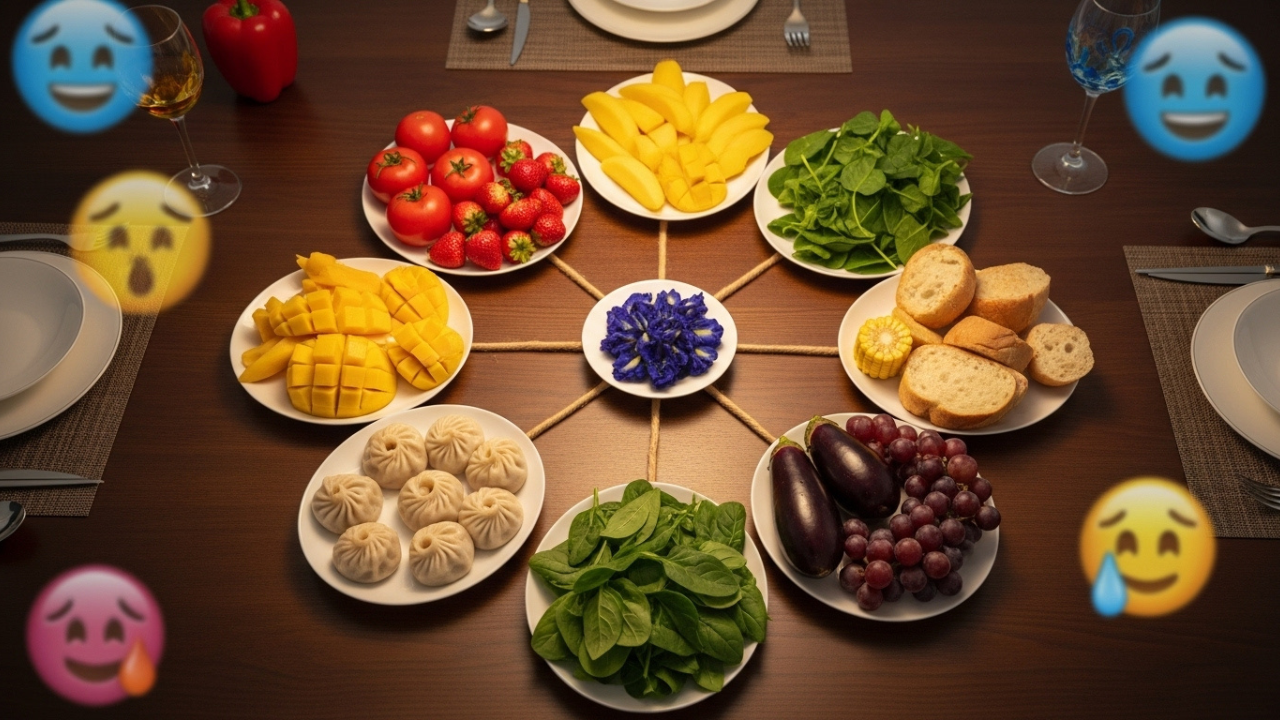



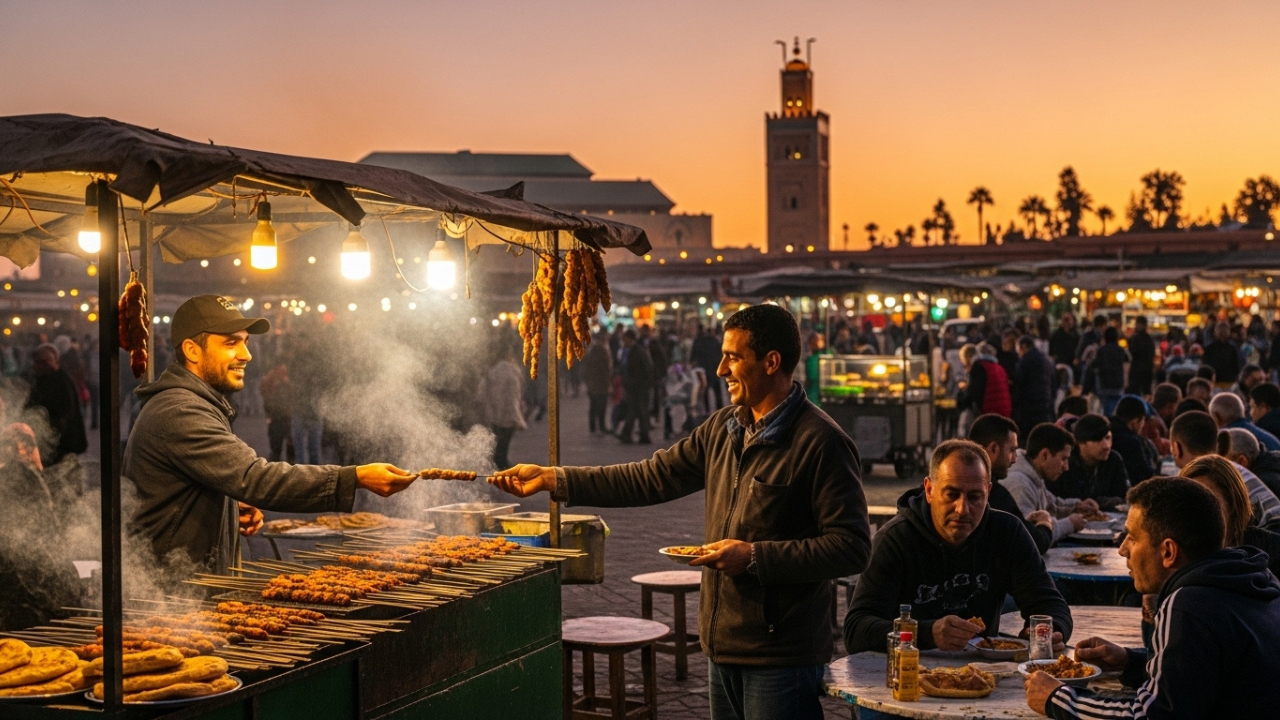
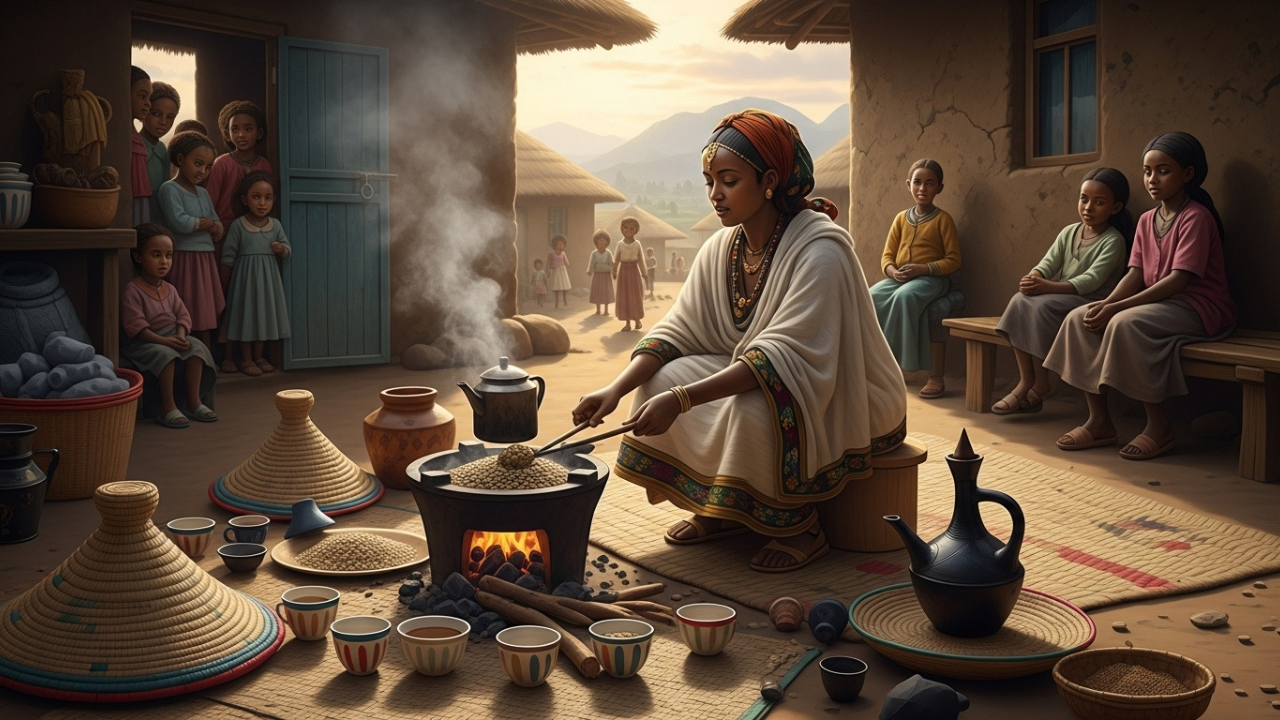

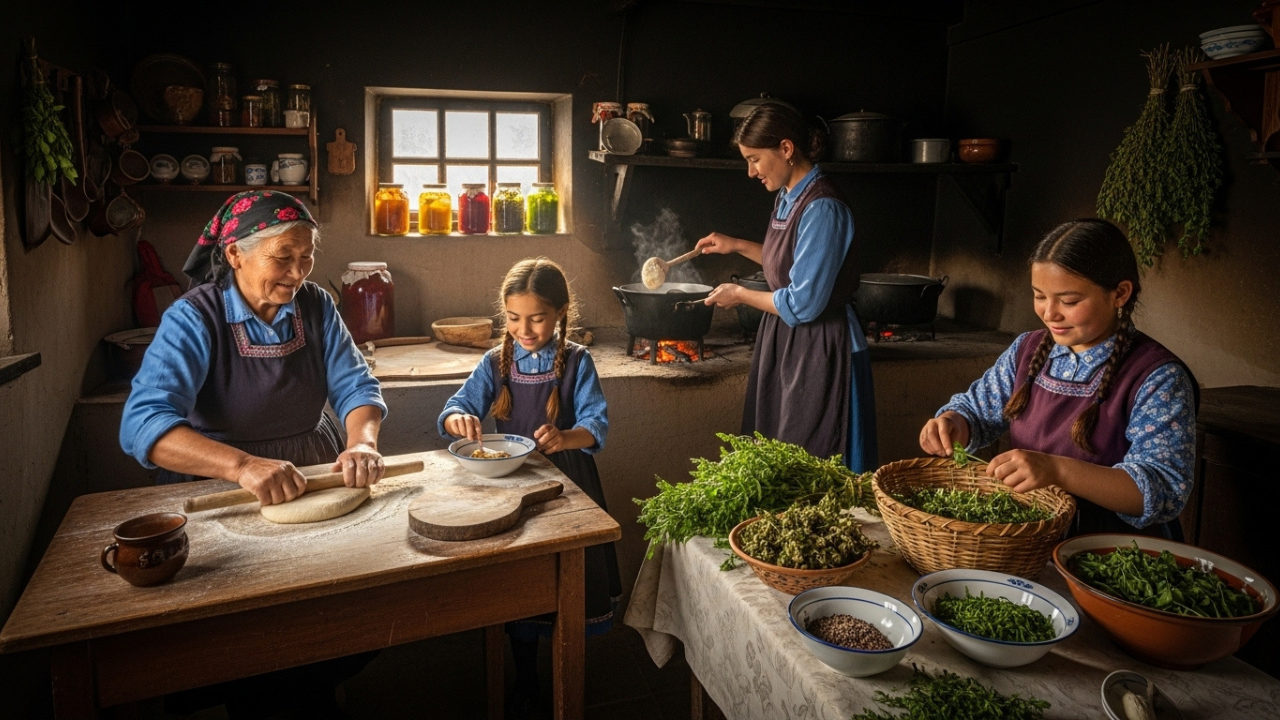
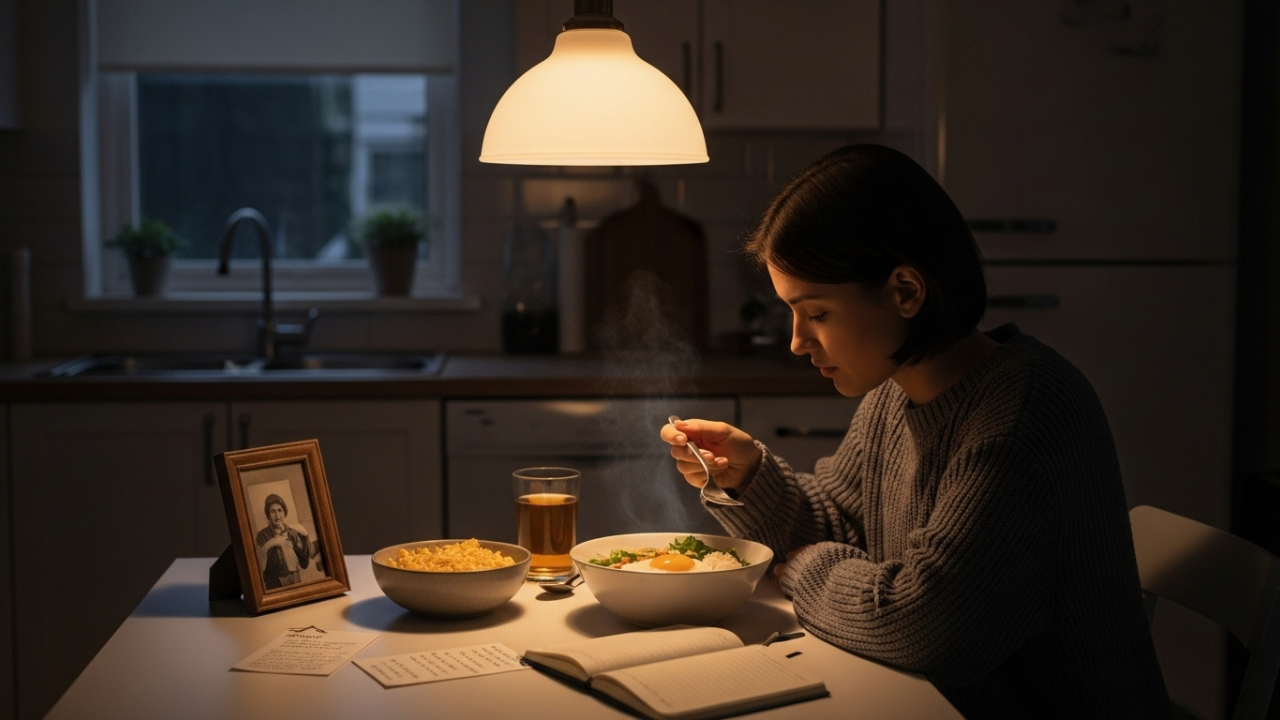

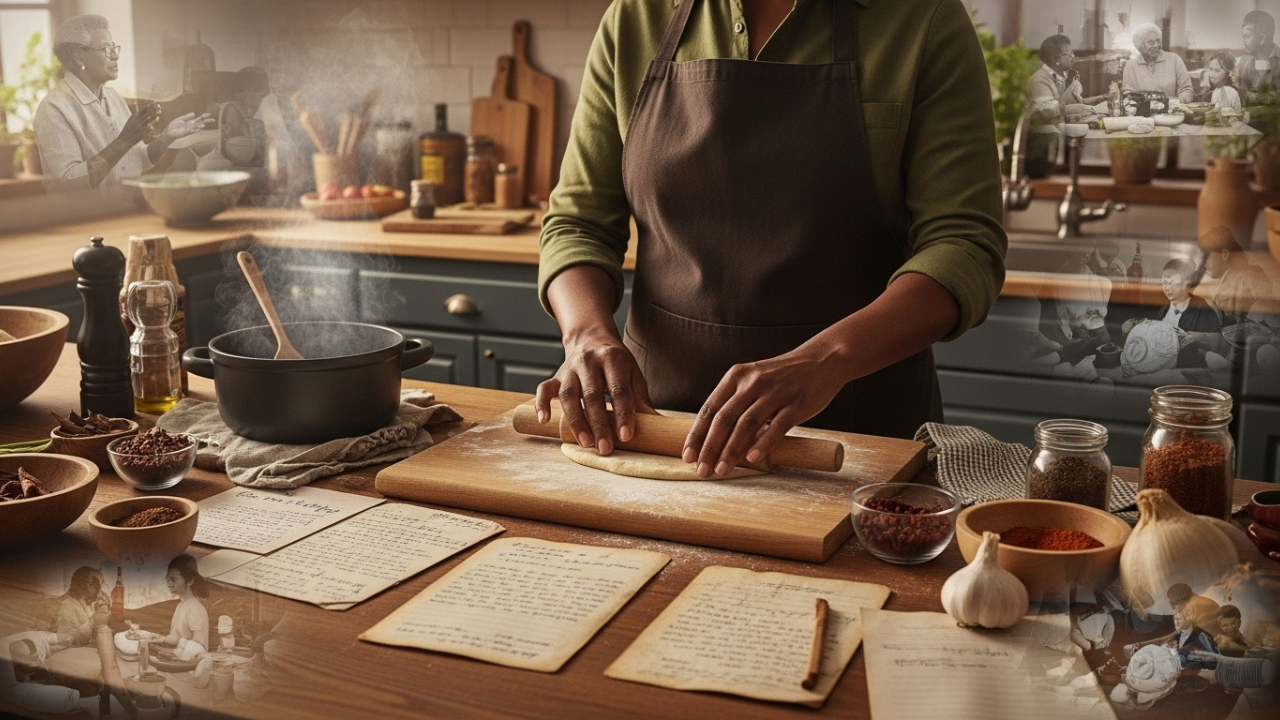
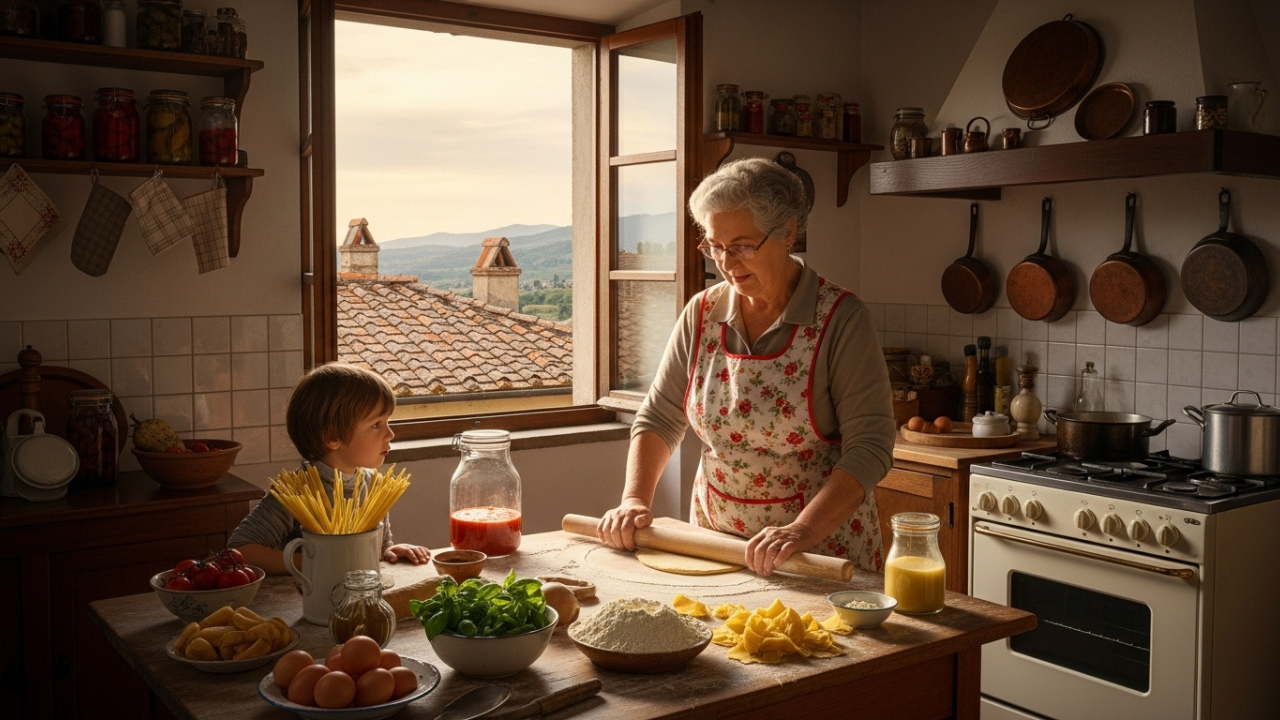

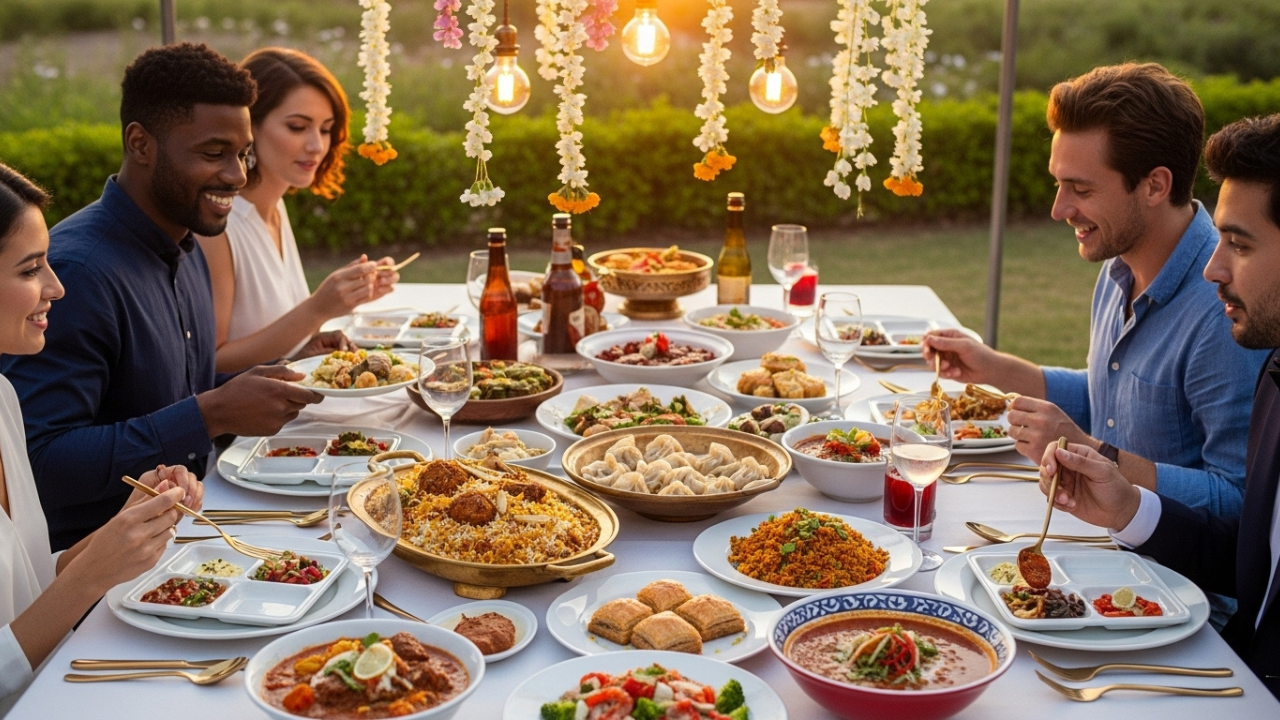
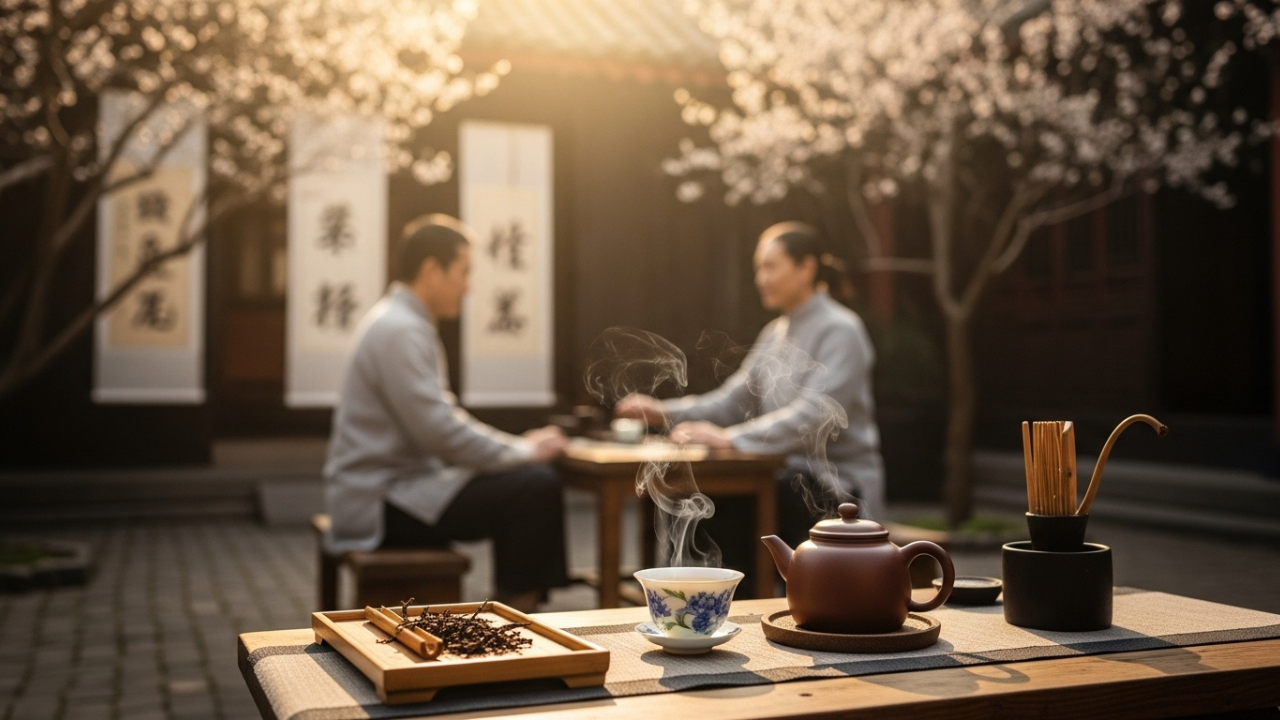
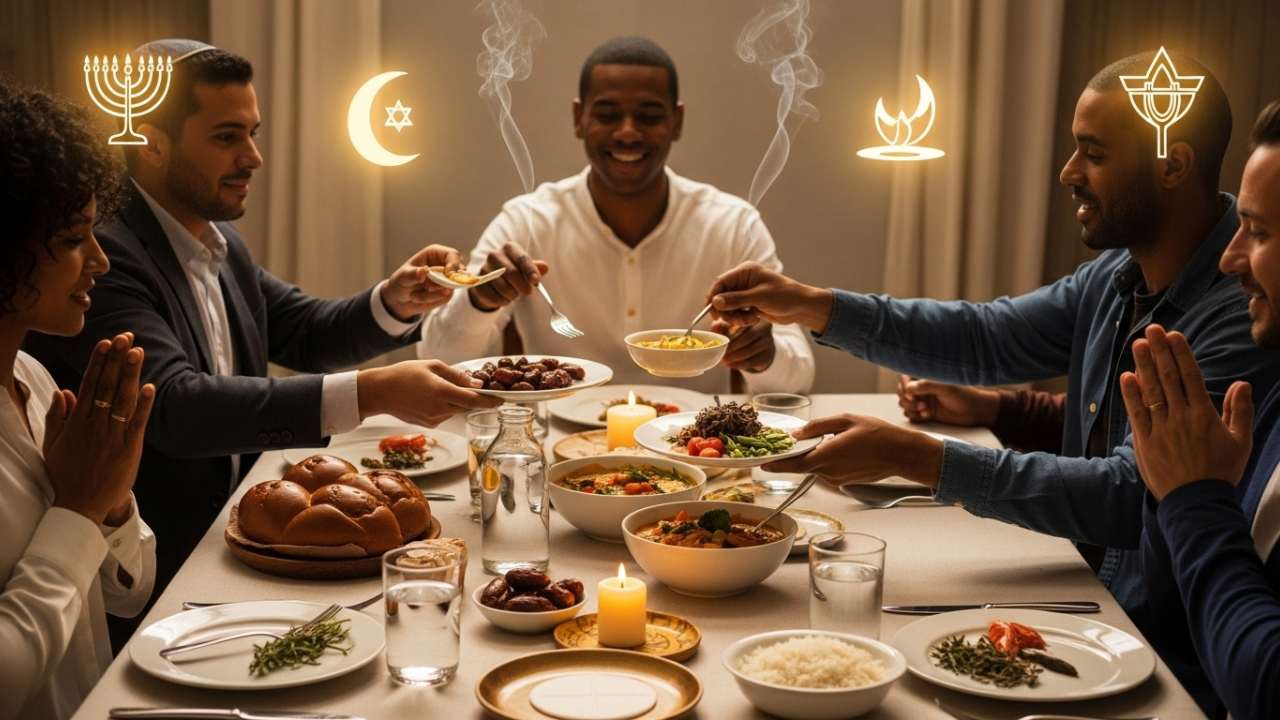

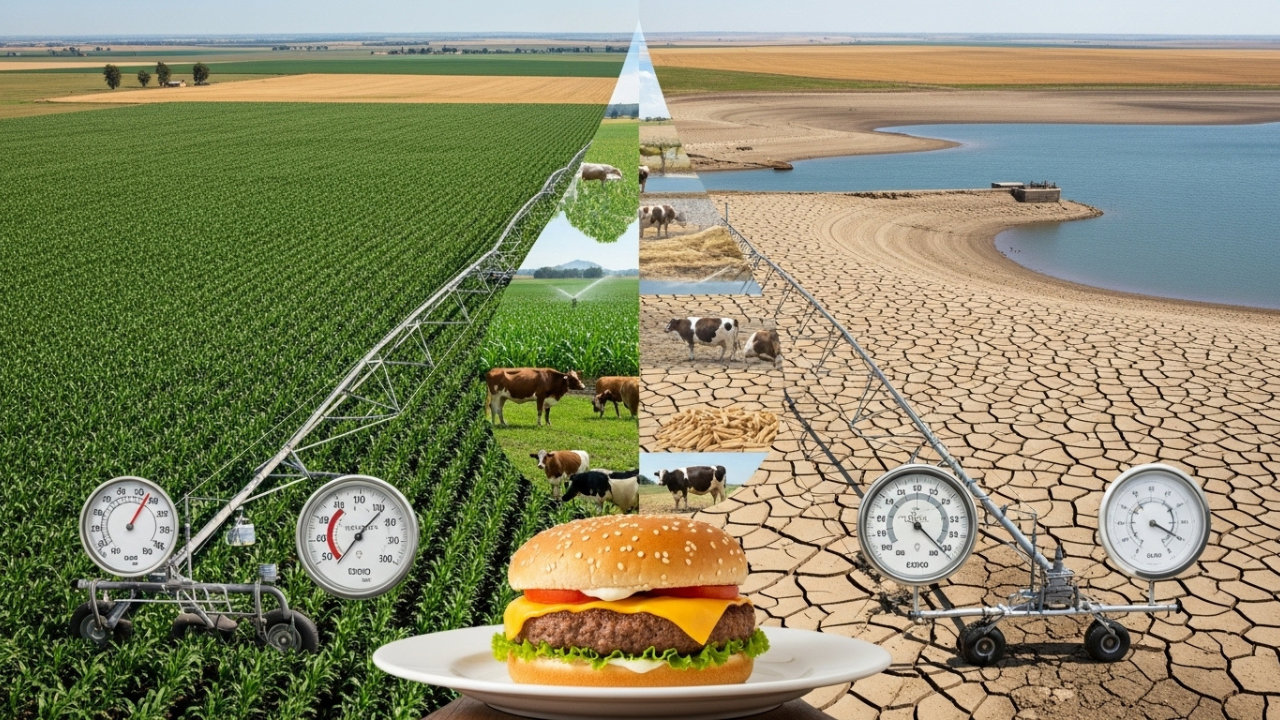

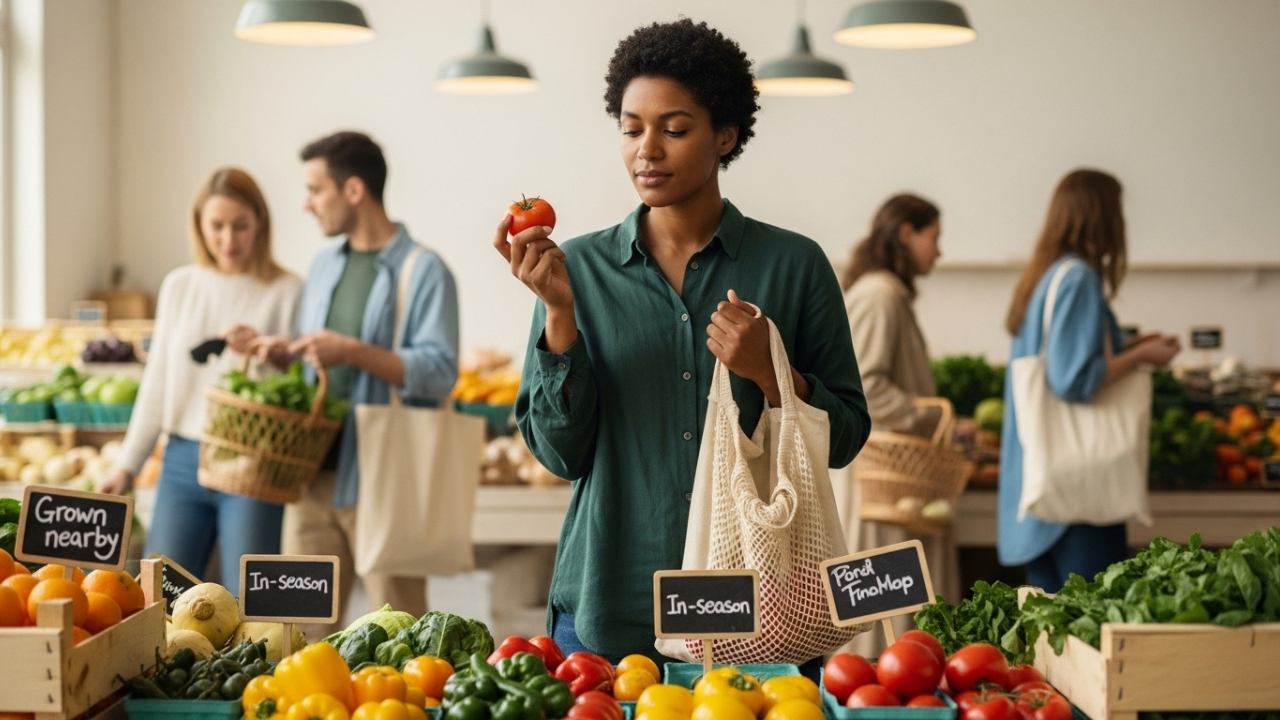
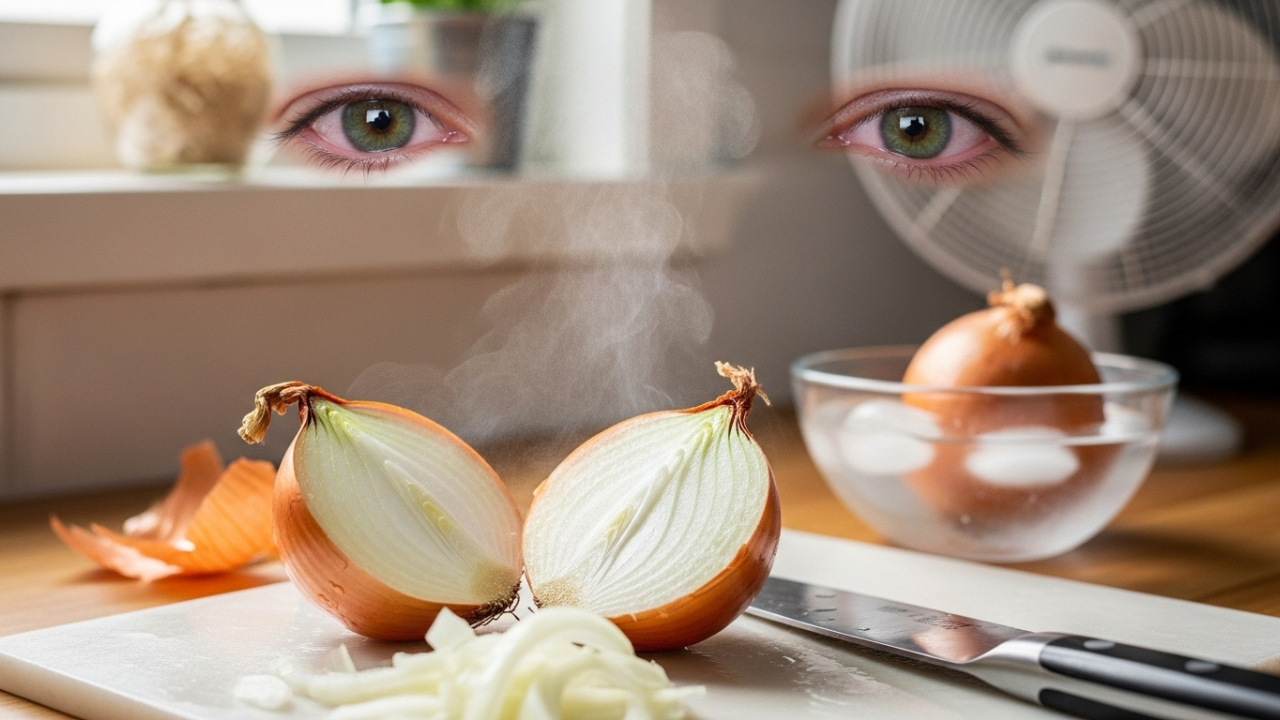




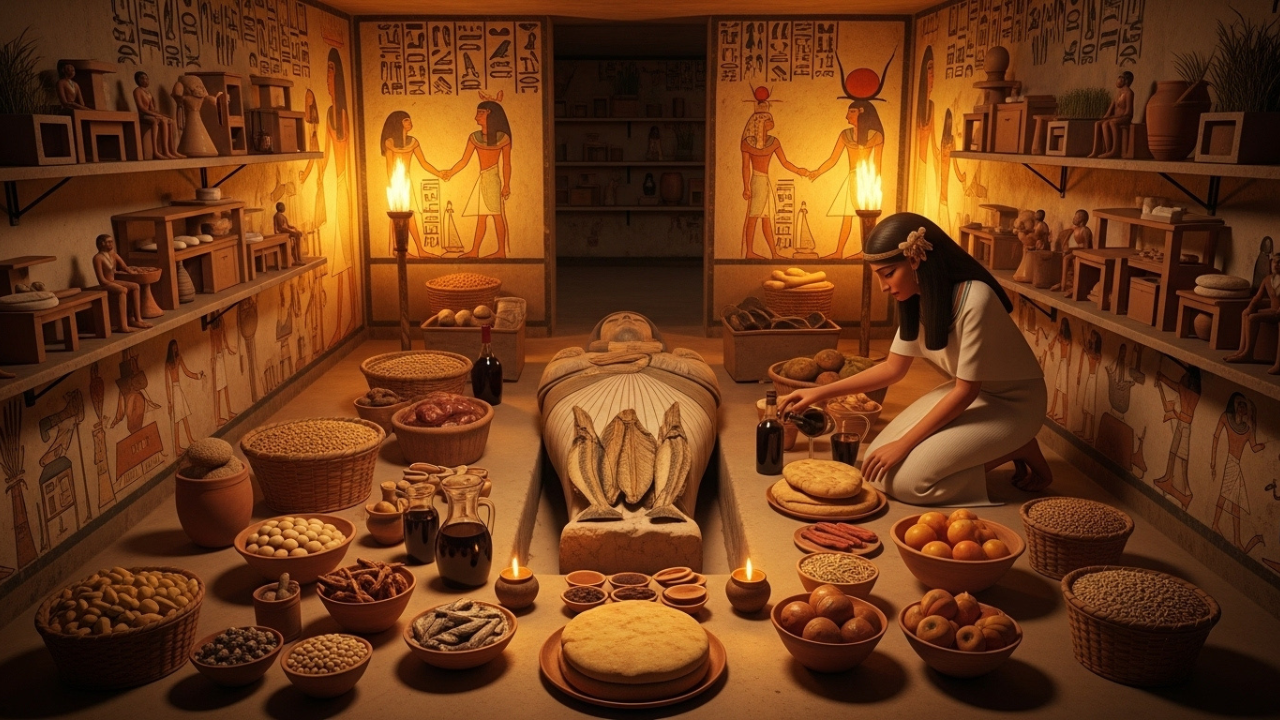
Leave a Reply